Home>Furniture & Design>Interior Design Trends>What Is Glass Etching
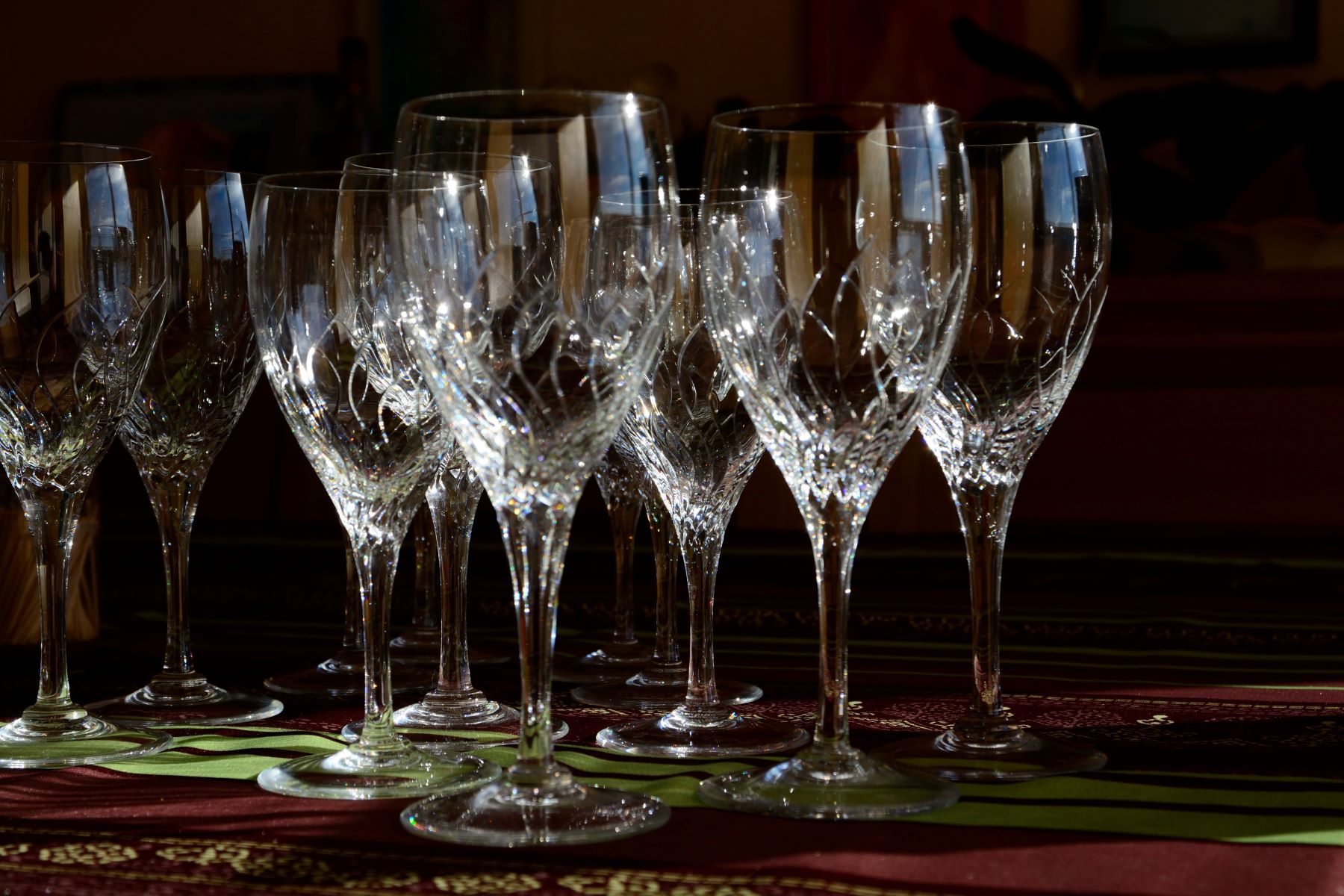

Interior Design Trends
What Is Glass Etching
Modified: February 18, 2024
Discover the latest interior design trend of glass etching and how it can elevate your space. Learn about the techniques and applications of this unique design element.
(Many of the links in this article redirect to a specific reviewed product. Your purchase of these products through affiliate links helps to generate commission for Storables.com, at no extra cost. Learn more)
Introduction
Glass etching is a captivating and versatile art form that has been cherished for centuries. This intricate craft involves the use of various techniques to create stunning designs, patterns, and images on the surface of glass. Whether used for decorative purposes, personalized gifts, or functional items, glass etching adds a touch of elegance and individuality to a wide range of objects.
The art of glass etching has evolved over time, with artisans and enthusiasts continually exploring new methods and designs to push the boundaries of creativity. From traditional hand-etching to modern chemical etching processes, the art form has seen a remarkable transformation, making it accessible to both professionals and hobbyists.
Glass etching offers a unique way to customize glassware, mirrors, windows, and other glass surfaces, allowing individuals to express their creativity and personal style. Whether creating intricate designs or simple monograms, the possibilities are endless, making glass etching a popular choice for adding a personalized touch to various items.
As we delve into the world of glass etching, we will explore its rich history, the diverse techniques employed, the essential tools and materials required, safety precautions to be mindful of, and the wide-ranging applications that showcase the versatility and beauty of this timeless art form. Join us on this journey as we uncover the captivating art of glass etching and discover the myriad ways it continues to inspire and enchant enthusiasts around the world.
Key Takeaways:
- Glass etching is a timeless art form with a rich history dating back to ancient times, offering a wide range of techniques from traditional hand etching to modern laser and chemical etching methods.
- Safety is crucial in glass etching, with protective gear, proper ventilation, and responsible handling of chemicals being essential. The art form finds diverse applications, from decorative glassware to architectural elements, showcasing its versatility and aesthetic impact.
Read more: How To Etch Wine Glasses
History of Glass Etching
Glass etching has a rich and fascinating history that dates back centuries, with evidence of early etched glass artifacts found in various parts of the world. The origins of glass etching can be traced to the Roman Empire, where skilled artisans utilized abrasive materials to carve intricate designs onto glass vessels and decorative objects. This ancient form of glass etching involved the use of abrasive compounds, such as powdered emery and pumice, to create delicate patterns and motifs on glass surfaces.
During the Middle Ages, the art of glass etching continued to flourish, particularly in Europe, where it became synonymous with the production of ornate stained glass windows for churches and cathedrals. Skilled craftsmen employed a combination of techniques, including acid etching and engraving, to embellish glass panels with religious scenes, intricate patterns, and elaborate designs. These exquisite works of art showcased the remarkable skill and artistry of the glass etchers of that era.
The Renaissance period witnessed a resurgence of interest in glass etching, with artists and craftsmen exploring new methods to create finely detailed and visually striking designs on glass. This era saw the emergence of innovative techniques, such as wheel engraving and diamond-point etching, which allowed for greater precision and intricacy in glass decoration. The demand for etched glassware, mirrors, and decorative items grew, leading to the establishment of specialized workshops and studios dedicated to the art of glass etching.
In the 19th and 20th centuries, advancements in technology and the development of new chemical processes revolutionized the art of glass etching. The introduction of hydrofluoric acid as a powerful etching agent enabled artists to achieve highly detailed and precise etched designs on glass surfaces. This breakthrough paved the way for the mass production of etched glassware, as well as the creation of intricate architectural glass panels and decorative elements for buildings and homes.
Today, glass etching continues to captivate artists, designers, and enthusiasts around the world, with contemporary practitioners pushing the boundaries of the art form through innovative techniques and experimental approaches. From traditional hand-etching methods to modern sandblasting and chemical etching processes, the art of glass etching remains a vibrant and evolving craft that celebrates the timeless allure of etched glass.
The rich history of glass etching serves as a testament to the enduring appeal and versatility of this captivating art form, showcasing its evolution from ancient artisanal practices to modern-day applications in design, architecture, and decorative arts. As we continue to explore the art of glass etching, we gain a deeper appreciation for its heritage and the enduring legacy of creativity and craftsmanship that defines this timeless art form.
Techniques of Glass Etching
Glass etching encompasses a diverse array of techniques that enable artisans and enthusiasts to create intricate designs and patterns on glass surfaces. Each method offers unique advantages and artistic possibilities, allowing for the realization of stunning etched glass artworks and personalized items. Let's explore some of the prominent techniques of glass etching:
1. Hand Etching:
Hand etching is a traditional and meticulous technique that involves using handheld tools, such as etching needles, abrasive wheels, and diamond-tipped scribes, to carve designs directly onto the glass surface. This method allows for precise control and artistic expression, making it ideal for creating intricate details and fine lines in the etched patterns.
2. Sandblasting:
Sandblasting is a popular technique that utilizes compressed air to propel abrasive materials, such as fine grit or aluminum oxide, onto the glass surface. The force of the abrasive particles creates a frosted effect on the glass, resulting in beautifully textured and translucent designs. Sandblasting offers versatility in creating both bold, deep etchings and delicate, subtle patterns, making it a favored method for achieving striking visual effects.
Read more: How To Fix Etched Glass
3. Chemical Etching:
Chemical etching involves the use of etching creams or solutions containing hydrofluoric acid to selectively remove the surface of the glass, creating permanent etched designs. This method allows for precise control over the etching process, enabling artists to produce intricate and highly detailed patterns with varying degrees of translucency. Chemical etching is commonly used for creating custom designs on glassware, mirrors, and decorative items.
4. Laser Etching:
Laser etching utilizes advanced laser technology to create precise and intricate designs on glass surfaces. The focused laser beam selectively removes the surface of the glass, resulting in finely detailed and customizable etchings. This technique offers exceptional precision and repeatability, making it well-suited for producing complex designs, logos, and text on glass objects.
5. Stencil Etching:
Stencil etching involves the use of pre-cut stencils or vinyl masks to create precise patterns and designs on glass surfaces. The stencil is applied to the glass, and the exposed areas are etched using abrasive materials or chemical etching solutions. This method allows for the reproduction of consistent designs and is widely used for creating personalized glassware, signage, and decorative accents.
These techniques showcase the diverse and innovative approaches to glass etching, each offering unique capabilities for realizing captivating designs and personalized artworks. Whether employing traditional handcrafted methods or embracing modern technological advancements, glass etching continues to inspire creativity and craftsmanship, making it a timeless and cherished art form.
Tools and Materials for Glass Etching
Glass etching, a captivating art form that allows for the creation of intricate designs and personalized artworks on glass surfaces, requires a range of specialized tools and materials to achieve stunning results. Whether utilizing traditional handcrafted techniques or modern methods, artisans and enthusiasts rely on essential equipment and supplies to bring their creative visions to life. Let's explore the diverse array of tools and materials commonly used in glass etching:
Read more: How Do You Etch Glass
Tools:
-
Etching Needle or Scribe: A fine-pointed etching needle or scribe is essential for hand etching, allowing artisans to meticulously carve detailed designs onto the glass surface with precision and control.
-
Sandblasting Equipment: For sandblasting techniques, a sandblasting cabinet or chamber, along with a compressor and abrasive materials such as aluminum oxide or silicon carbide, is utilized to create frosted and textured etchings on glass.
-
Stencil Cutting Tools: When employing stencil etching methods, precision cutting tools, such as craft knives or electronic cutting machines, are used to create custom stencils or vinyl masks for applying designs onto the glass.
-
Laser Etching Machine: In laser etching, advanced laser engraving machines equipped with precise optics and control systems are employed to etch intricate designs onto glass surfaces with exceptional accuracy.
-
Protective Gear: Safety equipment, including goggles, gloves, and respiratory masks, is crucial to ensure the protection of the artist during the etching process, particularly when working with abrasive materials or chemical etching solutions.
Materials:
-
Etching Cream or Solution: Chemical etching involves the use of specialized etching creams or solutions containing hydrofluoric acid or other etching agents to selectively remove the surface of the glass and create permanent etched designs.
-
Stencil Materials: Stencil etching requires the use of adhesive vinyl sheets, stencil films, or masking tapes to create custom stencils or masks for applying designs onto the glass surface.
-
Glass Objects: Various glass items, including glassware, mirrors, windows, and decorative glass panels, serve as the canvases for etching, providing a versatile range of surfaces for artistic expression.
-
Protective Coatings: After etching, protective coatings or sealants may be applied to the glass surface to enhance the durability of the etched designs and provide resistance to scratches and environmental factors.
-
Cleaning Supplies: Cleaning solvents, glass cleaners, and lint-free cloths are essential for preparing the glass surface, removing residues, and maintaining the clarity of the etched designs.
By utilizing these tools and materials, artists and enthusiasts can explore the boundless creative possibilities of glass etching, whether pursuing traditional handcrafted techniques or embracing modern innovations. The combination of precision tools, specialized materials, and safety measures ensures that the art of glass etching continues to inspire and enchant individuals with its timeless beauty and artistic expression.
Safety Precautions for Glass Etching
Ensuring safety is paramount when engaging in the art of glass etching, as it involves the use of abrasive materials, chemical solutions, and specialized equipment that require careful handling and precautionary measures. By adhering to essential safety protocols, artists and enthusiasts can create etched glass artworks while minimizing potential risks to their health and well-being. Here are the critical safety precautions to consider when undertaking glass etching:
-
Protective Gear: Prioritize the use of personal protective equipment, including safety goggles, gloves, and respiratory masks, to shield against airborne particles, chemical fumes, and potential eye and skin irritation during the etching process. Proper attire, such as long-sleeved clothing and aprons, further safeguards the skin from contact with abrasive materials and etching solutions.
-
Ventilation: Work in a well-ventilated area or utilize exhaust systems and air filtration devices to minimize exposure to airborne particles and chemical vapors generated during sandblasting or chemical etching. Adequate ventilation helps maintain air quality and reduces the risk of inhalation of harmful substances.
-
Handling Chemicals Safely: When using etching creams or solutions containing hazardous chemicals, such as hydrofluoric acid, follow strict guidelines for storage, handling, and disposal. Store chemicals in designated containers, wear chemical-resistant gloves, and work in a controlled environment to prevent accidental spills or exposure.
-
First Aid Preparedness: Have a designated first aid kit readily available in the workspace, equipped with supplies for treating minor cuts, abrasions, or chemical exposure. Familiarize yourself with the appropriate first aid procedures for addressing potential injuries related to glass etching activities.
-
Training and Education: Seek proper training and education on the safe and responsible use of etching equipment and materials. Understanding the properties of abrasive substances, chemical hazards, and safety best practices is essential for mitigating risks and promoting a secure working environment.
-
Minimize Dust Exposure: When sandblasting, minimize dust exposure by using dust collection systems and wearing respiratory protection to prevent inhalation of abrasive particles. Regularly clean and maintain sandblasting equipment to ensure efficient dust control.
-
Safe Disposal of Waste: Dispose of etching residues, used abrasive materials, and chemical waste in accordance with local regulations and environmental guidelines. Avoid releasing hazardous substances into the environment and follow proper disposal procedures to protect the ecosystem.
By prioritizing safety precautions and adopting responsible practices, artists and enthusiasts can enjoy the art of glass etching while safeguarding their health and well-being. Embracing a safety-conscious approach not only minimizes potential hazards but also fosters a conducive and secure environment for creative expression and artistic exploration in the realm of glass etching.
Applications of Glass Etching
Glass etching finds a myriad of applications across various industries and creative endeavors, showcasing its versatility and aesthetic appeal in enhancing a wide range of glass surfaces. From decorative accents to functional elements, the art of glass etching adds a touch of elegance, personalization, and artistic flair to numerous objects and spaces. Let's explore the diverse applications of glass etching:
Read more: How To Remove Etching From Glass
1. Decorative Glassware:
Glass etching is widely employed to embellish glassware, including wine glasses, tumblers, and decanters, with intricate designs, monograms, and decorative motifs. Etched glassware adds a sophisticated and personalized touch to table settings, special occasions, and home decor, making it a popular choice for personalized gifts and commemorative items.
2. Architectural Elements:
In architecture and interior design, etched glass panels, doors, and partitions serve as striking design features that combine functionality with artistic expression. Etched glass can be used to create privacy screens, decorative dividers, and ornamental windows, adding visual interest and a sense of refinement to residential and commercial spaces.
3. Signage and Branding:
Businesses and establishments utilize glass etching to create custom signage, logos, and branding elements on glass surfaces. Etched glass signage exudes a professional and distinctive aesthetic, making it an impactful choice for storefronts, corporate offices, and hospitality venues seeking to elevate their brand identity with a touch of sophistication.
4. Mirrors and Art Installations:
Etched mirrors and glass art installations serve as captivating focal points in interior decor, reflecting light and creating visually stunning effects. Whether featuring intricate patterns, abstract designs, or inspirational quotes, etched mirrors and glass artworks add a sense of depth, elegance, and individuality to residential and commercial spaces.
Read more: How To Use Etching Cream On Glass
5. Awards and Trophies:
Glass etching is a popular technique for creating custom awards, trophies, and recognition plaques that embody prestige and distinction. The precision and permanence of etched designs on glass awards make them a timeless symbol of achievement and honor, often sought after for corporate events, sports competitions, and special ceremonies.
6. Personalized Gifts and Keepsakes:
The art of glass etching lends itself to the creation of personalized gifts and keepsakes, such as engraved photo frames, commemorative plaques, and custom glass ornaments. These bespoke items carry sentimental value and serve as cherished mementos for special occasions, milestones, and heartfelt gestures of appreciation.
7. Functional Glass Surfaces:
Etched glass extends its utility to functional surfaces, including kitchenware, bathroom fixtures, and architectural elements. Etched glass countertops, splashbacks, and shower enclosures combine practicality with visual appeal, offering durable and easy-to-maintain surfaces that elevate the aesthetics of residential and commercial spaces.
From decorative embellishments to functional enhancements, the applications of glass etching are as diverse as they are captivating, showcasing the enduring allure and artistic potential of this timeless craft. Whether adorning everyday objects or transforming architectural spaces, glass etching continues to inspire creativity and elevate the visual landscape with its timeless elegance and personalized charm.
Conclusion
In conclusion, the art of glass etching stands as a testament to the enduring legacy of creativity, craftsmanship, and artistic expression. From its ancient origins to its modern-day applications, glass etching has captivated artisans, designers, and enthusiasts with its timeless allure and versatile potential. The rich history of glass etching, spanning centuries of innovation and artistic evolution, reflects the enduring fascination with this captivating craft.
As we have explored the diverse techniques of glass etching, from traditional hand etching to modern laser and chemical etching methods, it becomes evident that the art form continues to evolve, offering a myriad of creative possibilities. The essential tools and materials for glass etching, ranging from precision cutting implements to specialized etching solutions, empower artists and enthusiasts to bring their imaginative visions to life on glass surfaces.
Moreover, the emphasis on safety precautions underscores the responsible and conscientious approach required when engaging in glass etching activities. Prioritizing the well-being of practitioners and maintaining a secure working environment are essential aspects of fostering a sustainable and enjoyable glass etching practice.
The wide-ranging applications of glass etching, spanning decorative glassware, architectural elements, signage, art installations, and personalized gifts, highlight the versatility and aesthetic impact of this art form. Whether adorning everyday objects or enhancing architectural spaces, glass etching continues to inspire creativity and elevate the visual landscape with its timeless elegance and personalized charm.
In essence, the art of glass etching embodies a harmonious blend of tradition and innovation, offering a canvas for artistic expression and individuality. As artists and enthusiasts continue to explore the boundless creative potential of glass etching, the enduring appeal and versatility of this captivating craft remain as vibrant and inspiring as ever. Whether as a decorative embellishment, a functional enhancement, or a personalized keepsake, glass etching continues to leave an indelible mark on the world of art and design, enriching our surroundings with its timeless beauty and artistic significance.
Frequently Asked Questions about What Is Glass Etching
Was this page helpful?
At Storables.com, we guarantee accurate and reliable information. Our content, validated by Expert Board Contributors, is crafted following stringent Editorial Policies. We're committed to providing you with well-researched, expert-backed insights for all your informational needs.
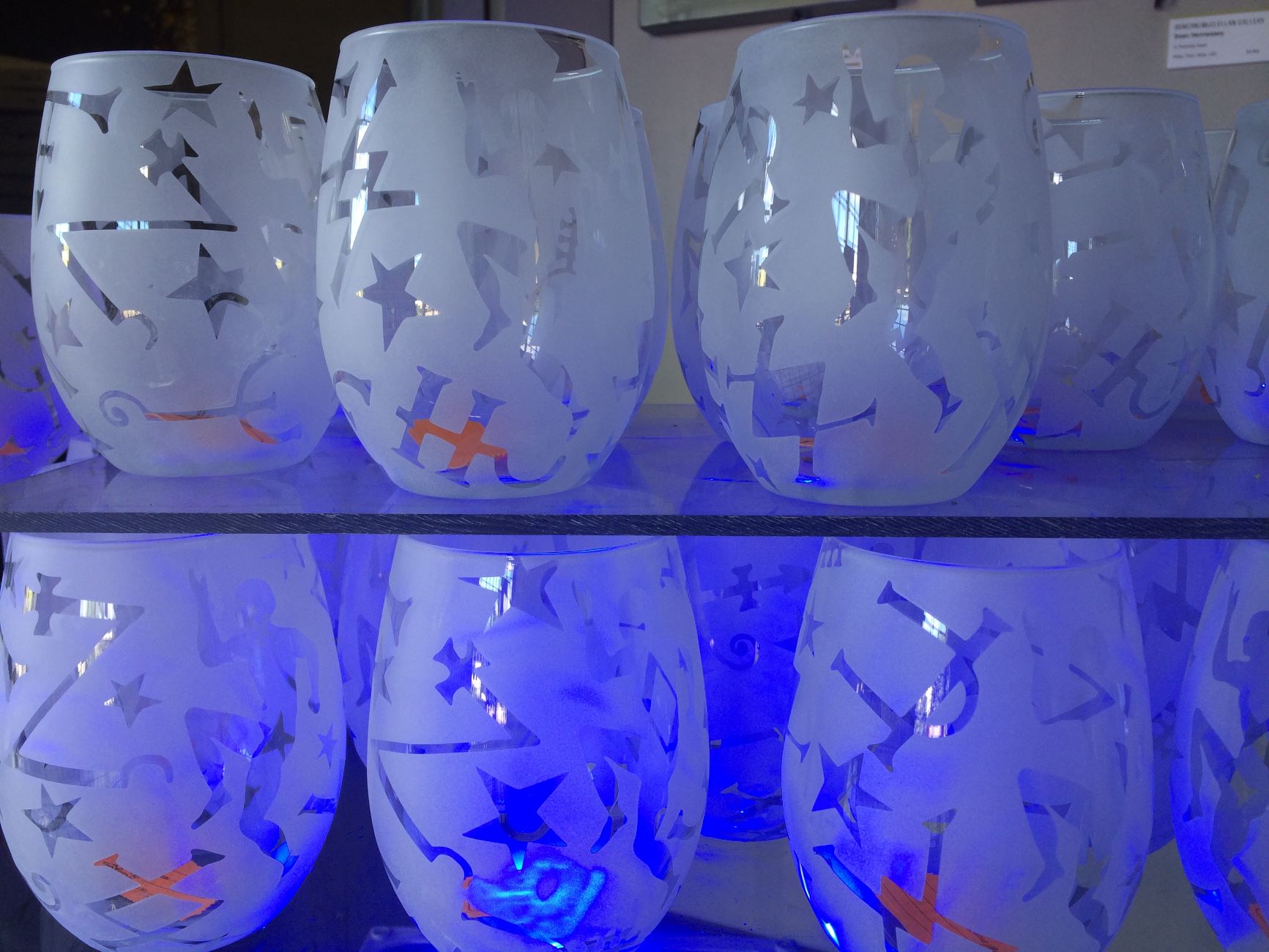

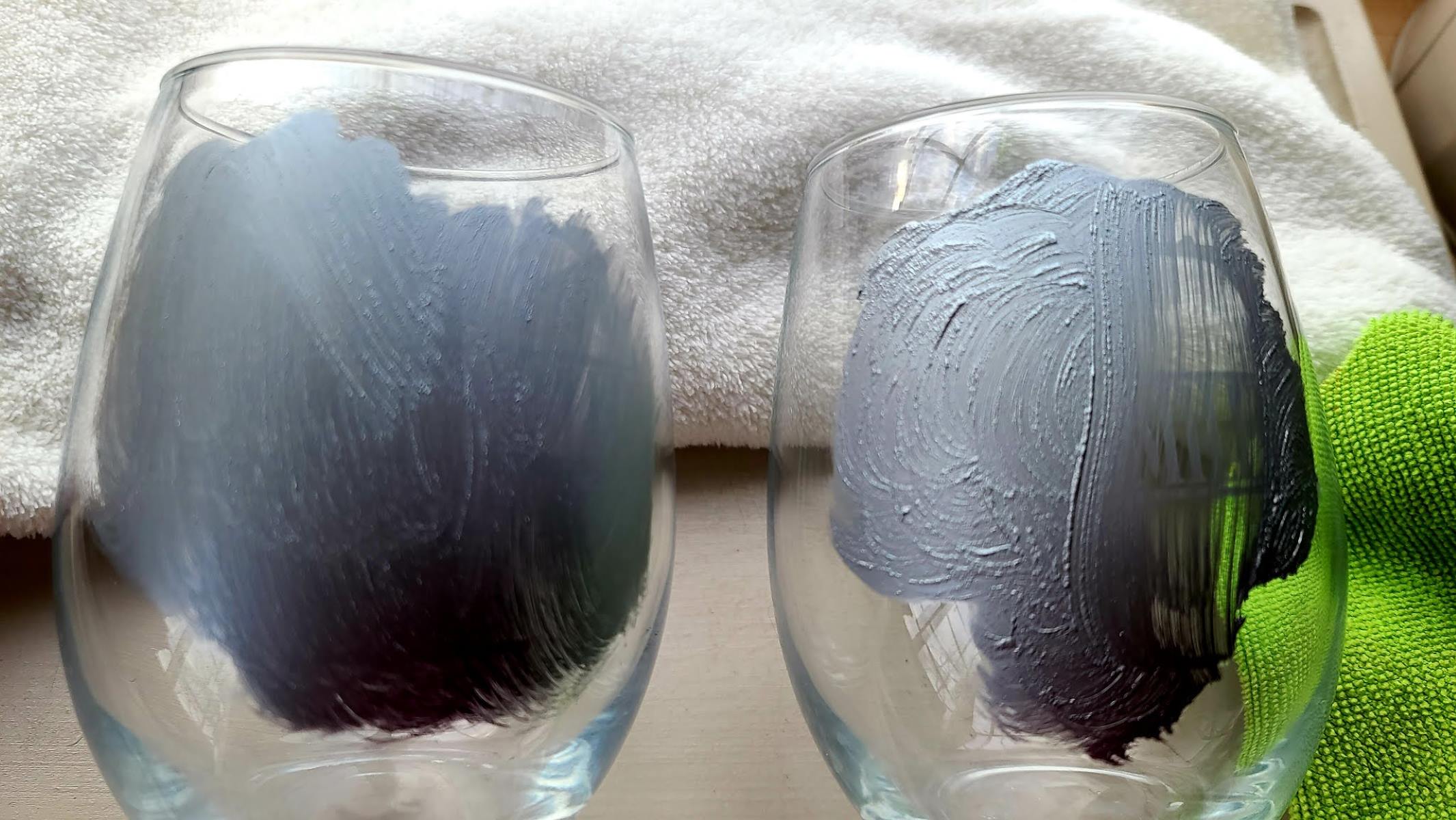
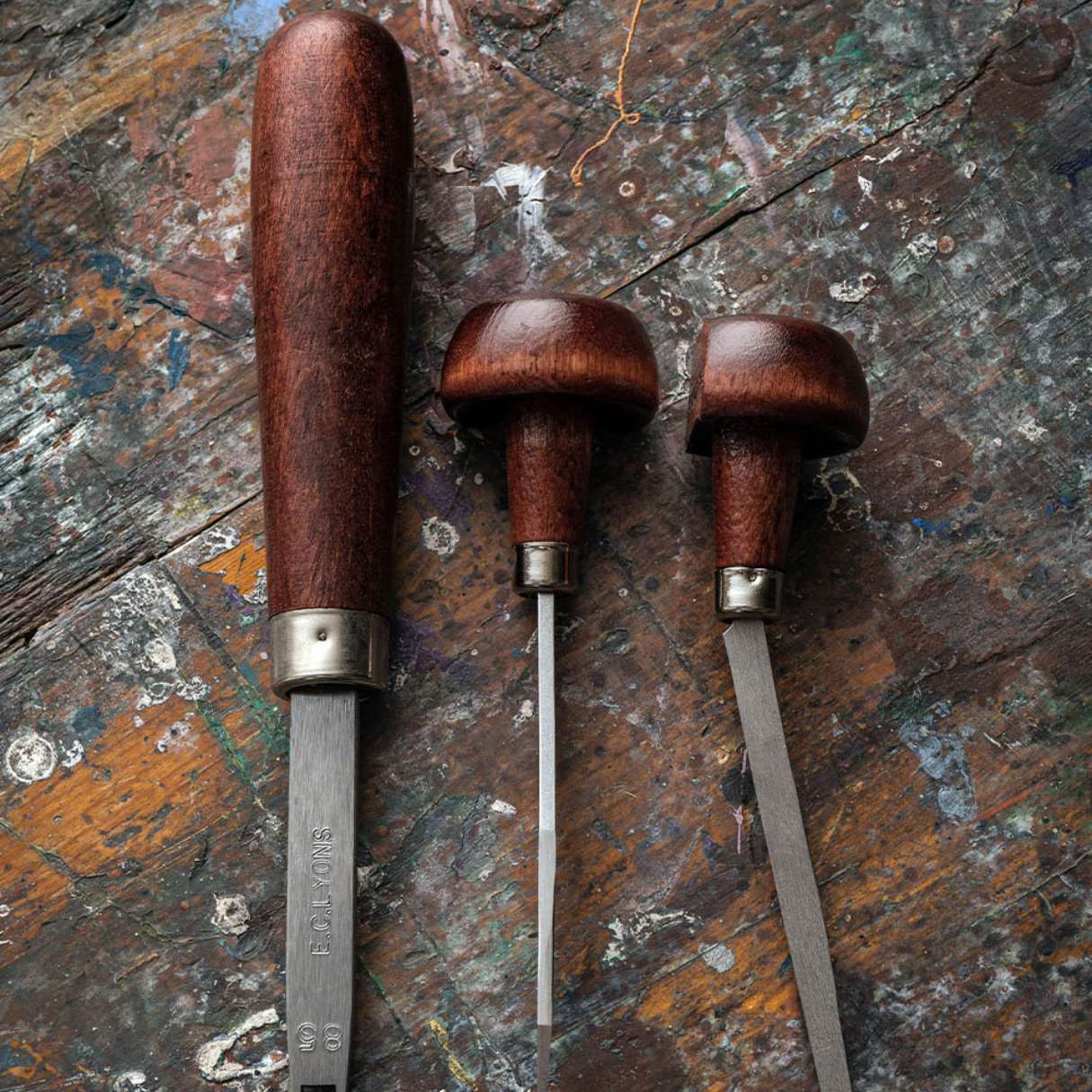
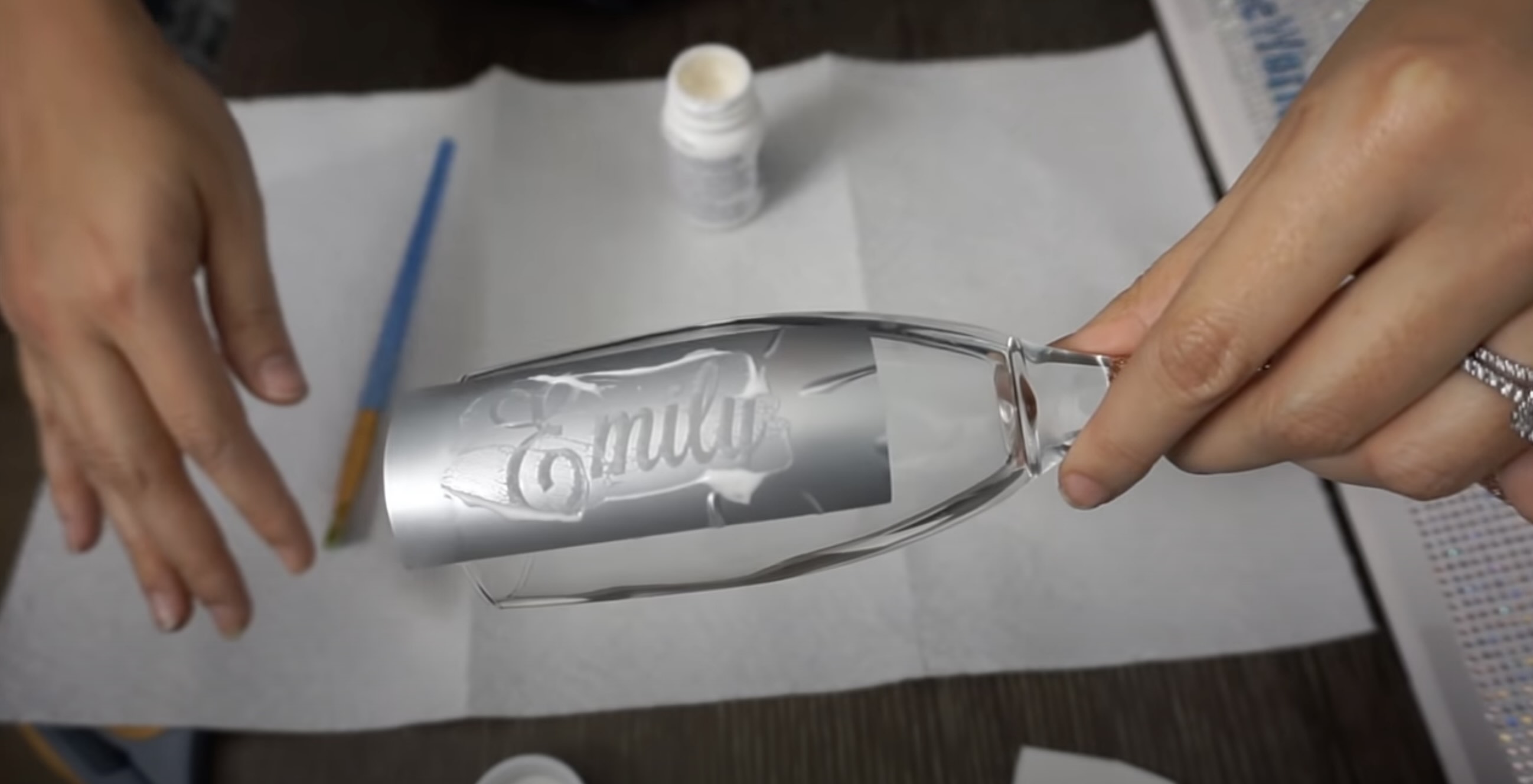
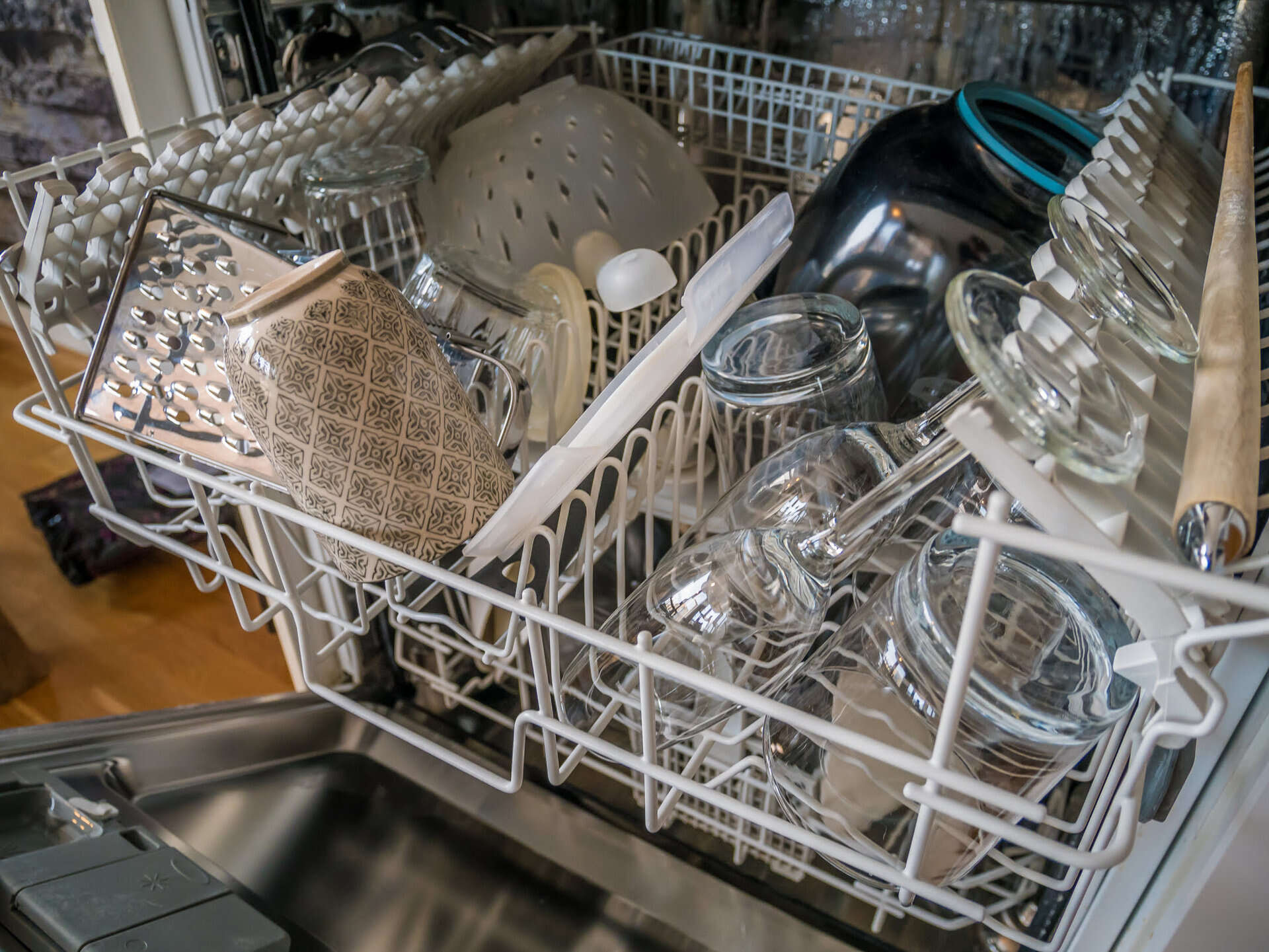
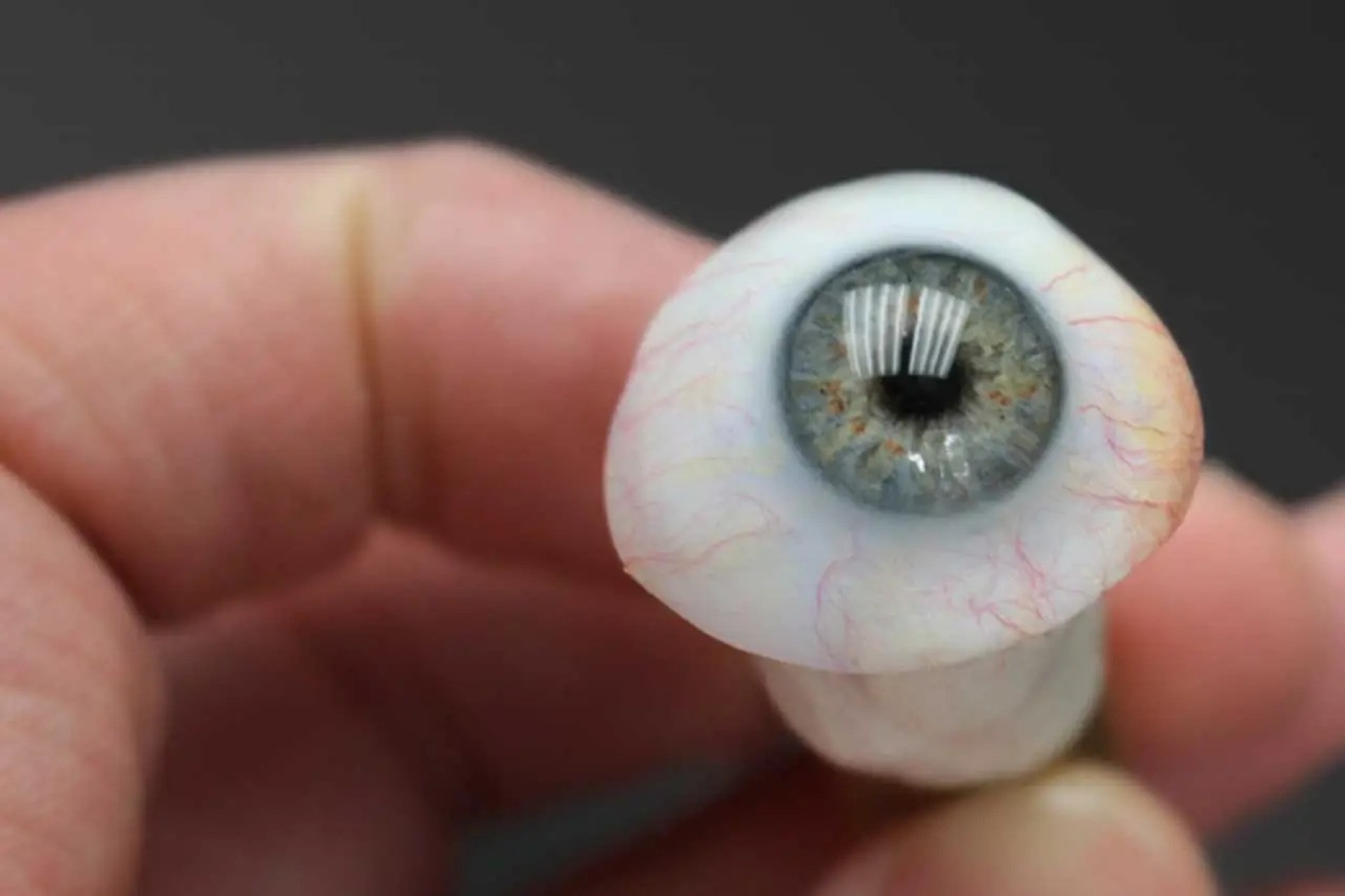
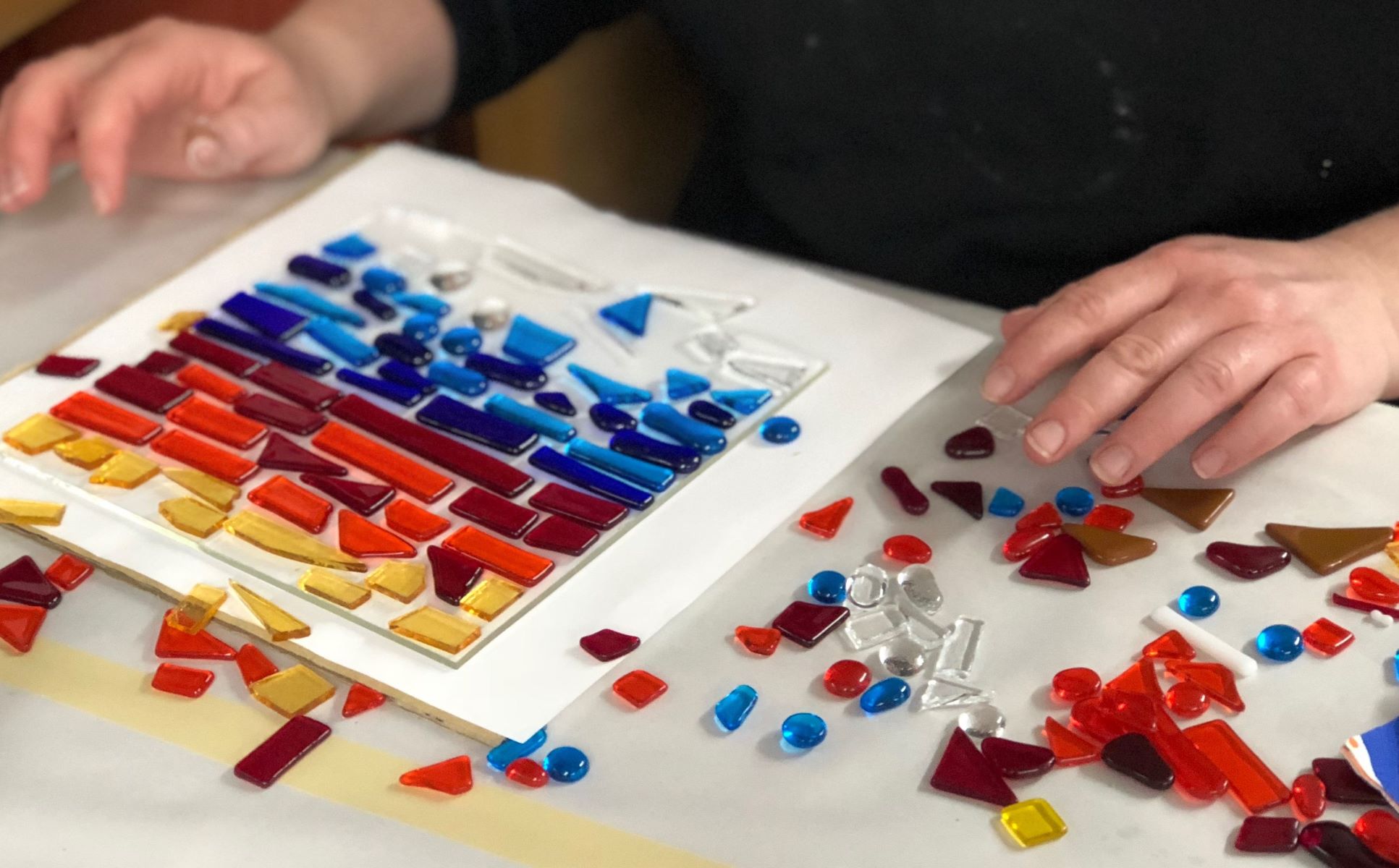

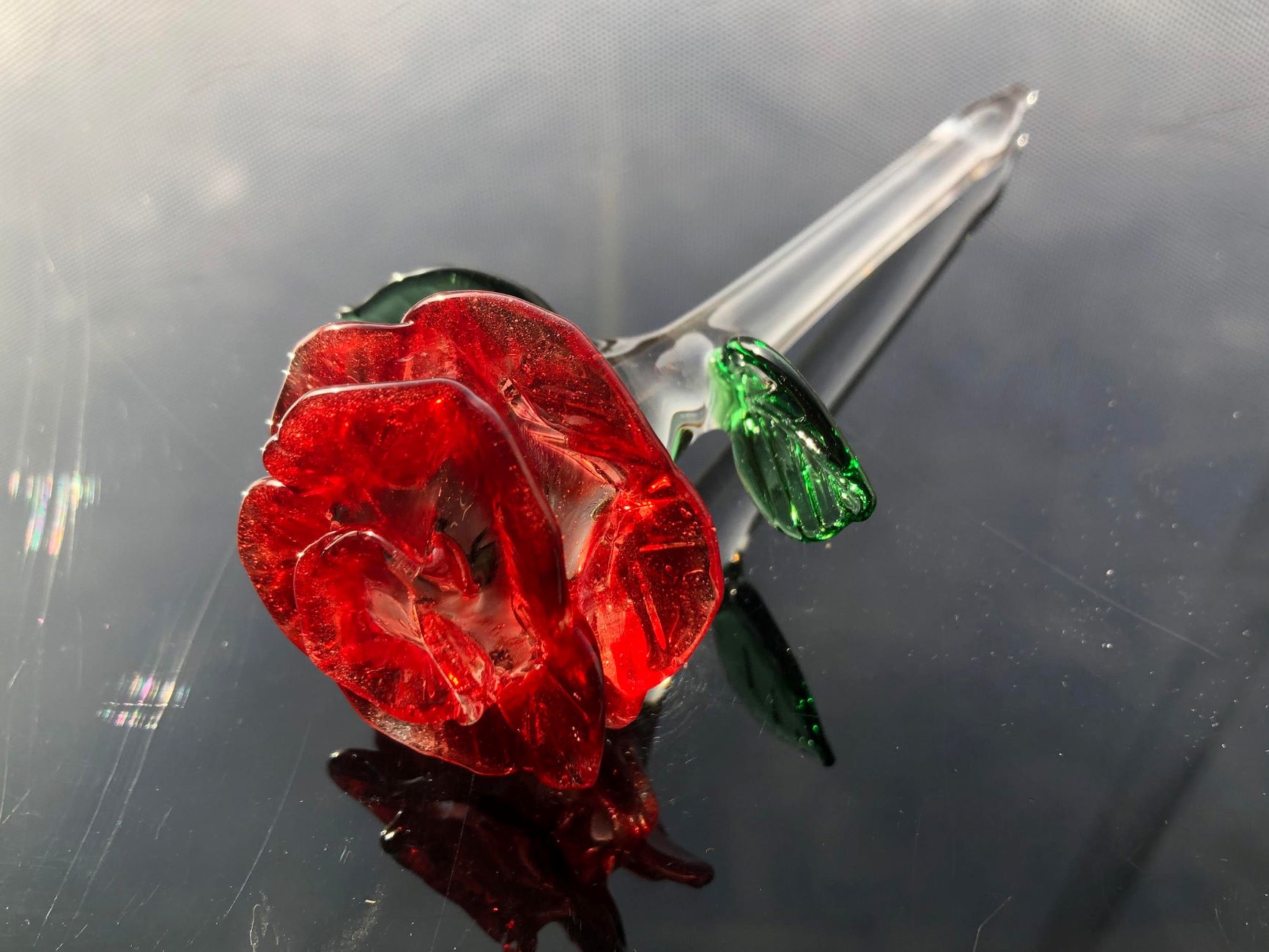
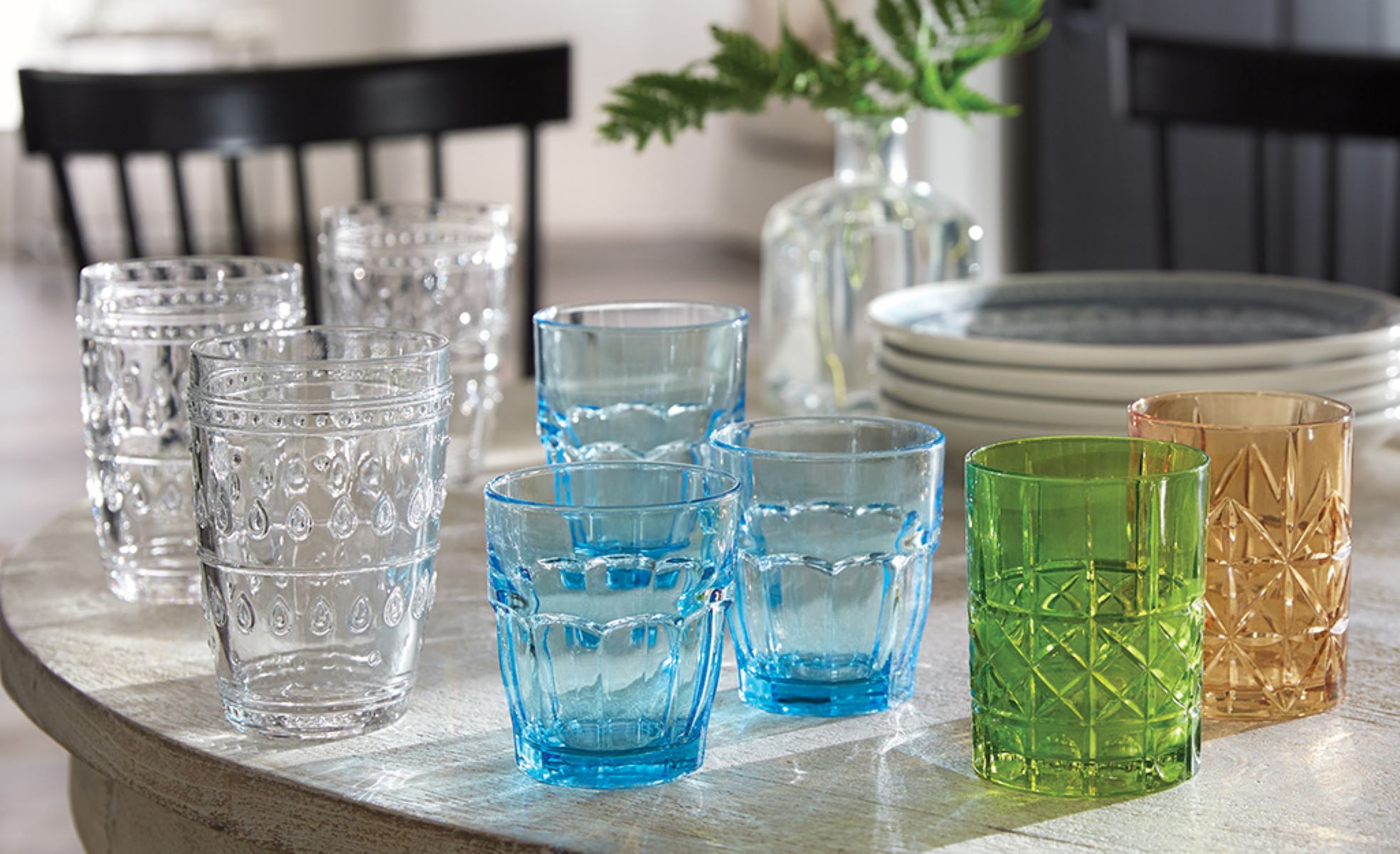

0 thoughts on “What Is Glass Etching”